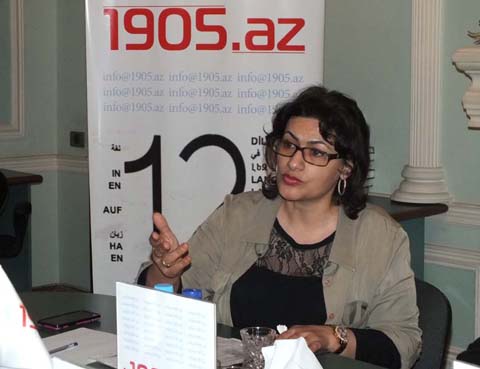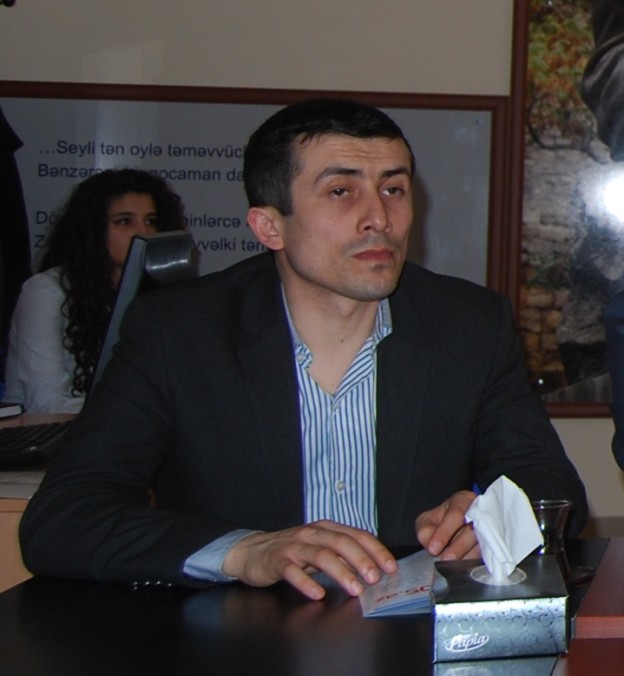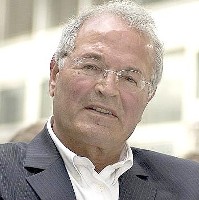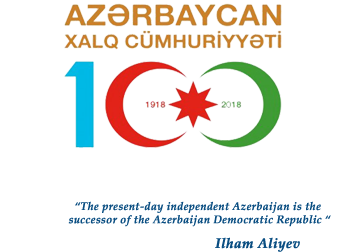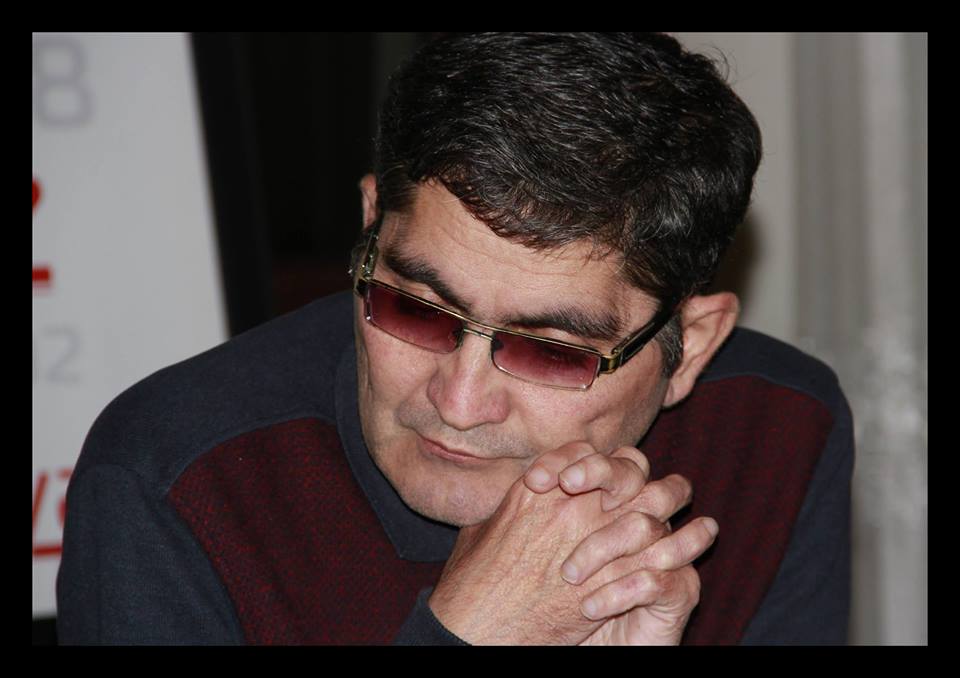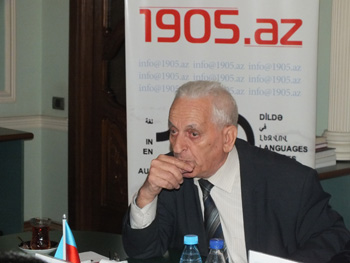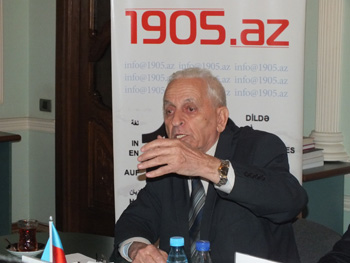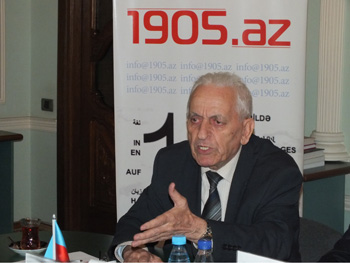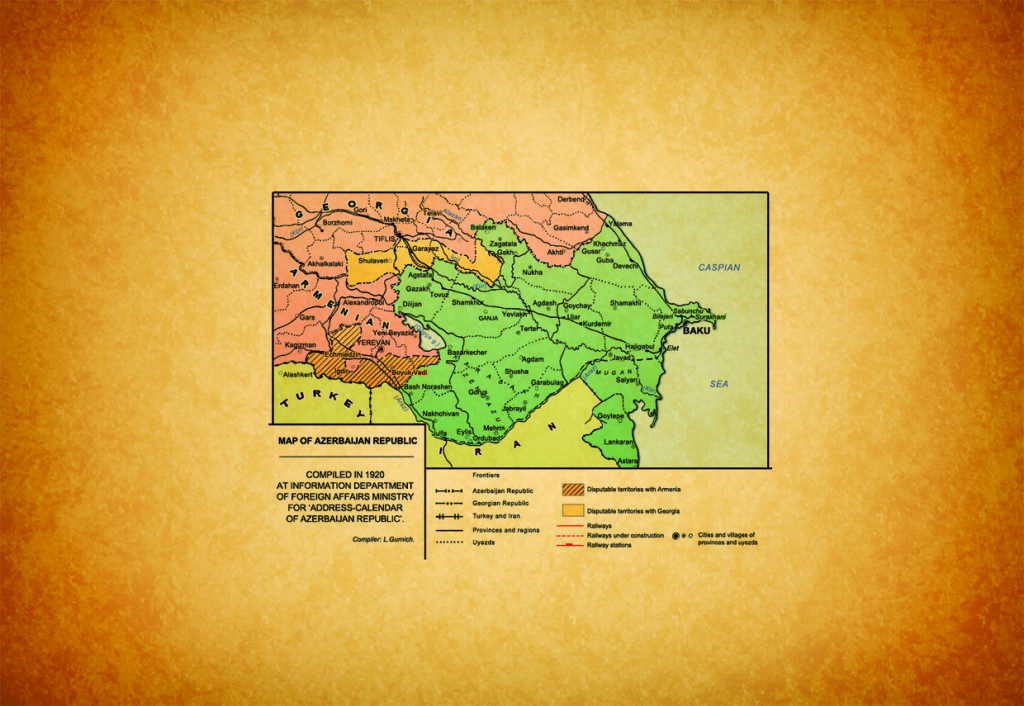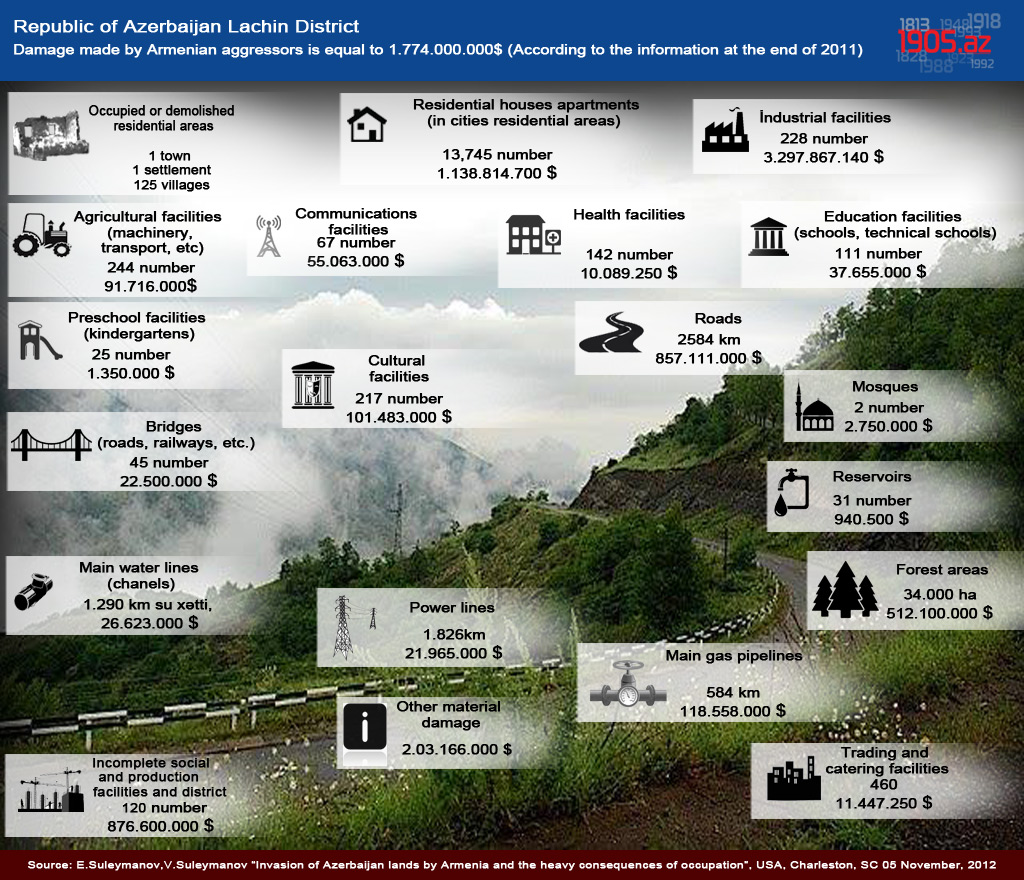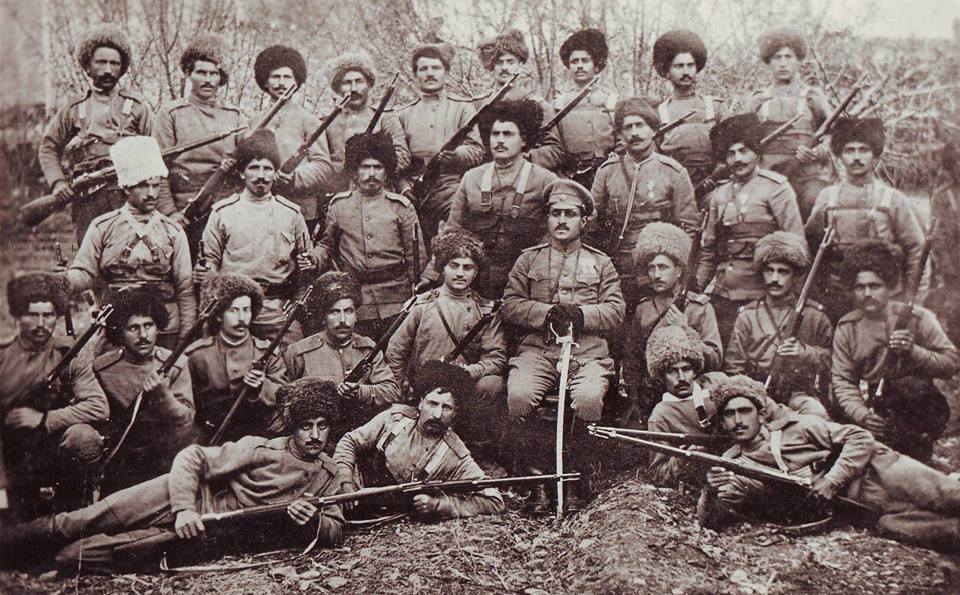
Germany’s Bundestag passed a resolution qualifying the Ottoman era Armenian killings as genocide. A few days before, the Yerevan population welcomed a monument to Garegin Nzhdeh, a Nazi collaborator.
Armenian militant Garegin Nzhdeh was born in the Azerbaijani town of Nakhchivan and at the age of 17 joined the Armenian liberation movement. In 1912, he formed an Armenian battalion within the Bulgarian Army to fight against the Ottoman Empire in the Balkan wars.
During the First World War, Nzhdeh again took up arms against the Turks, this time as a soldier of the Russian troops. However, towards the end of the conflict he returned to Armenia, where he served the newly declared Armenian Republic. There, he played an important role in the ethnic cleansing of the local Azerbaijanis in Zangezur, a historical province which today is part of the Republic of Armenia.
Having fled Armenia in the wake of Sovietisation in the 1920s and roaming across the United States and Europe in the 1930s, Nzhdeh re-emerged during the Second World War, when he offered his services to Adolf Hitler. Some historians even attribute to him the words “Those who fight for Germany, fight for Armenia.” The Armenian military unit created by him was dispatched to the Eastern front, to the Crimean peninsula, in 1943 and got engaged in battles against the Soviet troops.
Towards the end of the war, Nzhdeh proposed his plan of invading Turkey to the Soviet leadership. The plan got rejected, he himself jailed. He died in prison in 1955.
In 1983, Nzhdeh`s remains were secretly moved to Soviet Armenia. Nzhdeh’s gravestone was erected a few years later – on 17 June 1989, a day that later turned into an annual pilgrimage day to the monastery’s graveyard. Decades after his death, on March 30th 1992, Nzhdeh was rehabilitated by the supreme court of the newly independent Republic of Armenia.
In March 2010, Nzhdeh was selected as the “National pride and the most outstanding figure” of Armenians throughout the history by the voters of the “We are Armenians” TV project launched by “Hay TV” and broadcast as well by the Public Television of Armenia (H1).
A 2013 movie titled “Nzhdeh” was dedicated to his life. Produced with the budget of 7 million dollars, a record in Armenian cinema history, it was premiered in Russia and screened in other countries as well. An avenue, a large square, and a nearby metro station in Yerevan, as well as a village in the southern Syunik Province of Armenia, are named after Nzhdeh.
The erection of a monument to the Nazi collaborator in Yerevan was either skipped or met with silence by both international community and media. Even in Russia, Armenia`s closest ally, the event did not generate much attention. While Russia usually seeks neo-Nazi trends in other European countries and accuses its Eastern European neighbors of rehabilitating and glorifying some controversial Second World War personalities, it did not show an adequate reaction to the recently unveiled monument to Garegin Nzhdeh, who, as a mastermind of the Armenian military unit, was responsible for the killing of Soviet citizens in Crimea. The Russian experts, who have been accusing Ukraine of elevation of the Ukrainian nationalist Stepan Bandera, avoided commenting on Nzhdeh.
In recent years, the Victory over Nazism has turned into a backbone cult in Russia, while everything related to the Great Patriotic War has been quite sensitive for Russians. In November 2015 Russia initiated the UN resolution entitled “Glorification of Nazism: Inadmissibility of certain practices that contribute to fuelling contemporary forms of racism, racial discrimination, xenophobia and related intolerance,” which was adopted soon after; Armenia was among those who voted in favor of the draft resolution.
The fact that the Armenian leadership, which had celebrated the May 9th Victory Day a couple of weeks earlier, permitted the monument demonstrates Armenia`s official attitude towards the Nazi collaborator. President of Armenia, Serzh Sargsyan, who has positioned himself as the main ally of Russia in the South Caucasus, organised a pompous opening in the center of Yerevan and himself unveiled a monument to the historical figure who led Armenian units against Soviet soldiers and civilians (that included Russians, Armenians, and other nationalities of the former USSR). It can well amount to a full-fledged provocation for a number of countries that suffered from the Nazi ideology, including Russia.
Some may link the recent event to the growing anti-Russian sentiments in Armenia despite the fact that Russia maintains a military base that guards Armenian borders and that Armenia is a member of the Russia-led Collective Security Treaty Organization. Therefore, the ceremony would have needled Russia, had it happened in some other country. But the Russian foreign office limited itself to an uncertain reaction: “…the installation of a monument to Garegin Nzhdeh in Yerevan is unclear for us.”
Denunciation came from Israel, but only at an expert level, and was barely heard. Some Israeli political analysts noted that the erection of the monument is an open propaganda of Nazism and that the participation of the senior Armenian officials at the opening ceremony gives reason to believe that they have declared themselves followers of Garegin Nzhdeh.
Nazi-hunter and Holocaust scholar Dr. Efraim Zuroff in his turn said that Nzhdeh and his Armenian Legion should be condemned for fighting with the Nazis. “The fact that they built the statue is quite outrageous,” said Zuroff. “We must object to any glorification of individuals who fought with the Nazis or extended any assistance to the forces of the Third Reich.”
As noted above, Nzhdeh has been hailed as a hero in Armenia throughout the decades since his death. Tseghakron – the national conservative ideology he formulated in the early 20th century is seen by Armenians as a spiritual covenant to respect, defend, and perfect their historical kind. Although the philosophy has Armenian roots, it is argued, it is harmonious with the values common to all mankind. Armenia’s former Prime Minister, Andranik Margaryan, classified this ideology as “Armenian racism.”
Erecting a monument to a Nazi collaborator and organising a solemn ceremony with the involvement of the Armenian president on the eve of Bundestag`s resolution on the 1915 genocide should not have gone unnoticed. It is a signal to the international community and in particular to Israel, which has been fighting against the Nazi ideology elsewhere.
Rusif Huseynov is a Baku-based independent researcher. He holds a bachelor degree in International Relations from the Baku State University and has been recently admitted to the School of Advanced International Studies, Johns Hopkins University.
http://neweasterneurope.eu/articles-and-commentary/2069-how-armenia-s-glorification-of-a-nazi-collaborator-has-gone-unnoticed

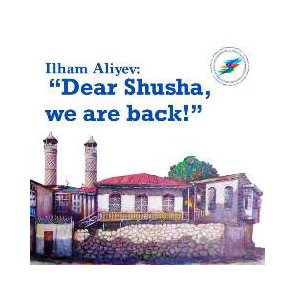
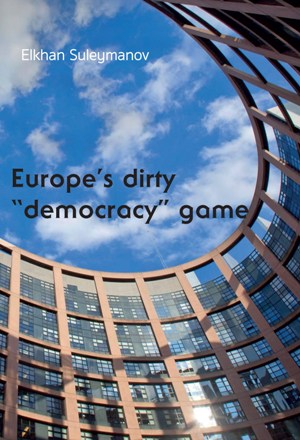
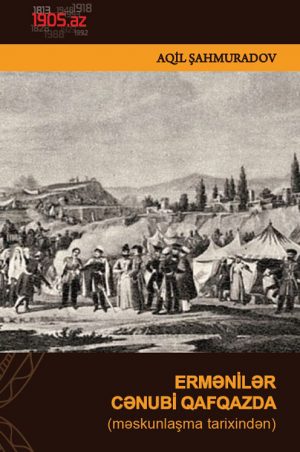








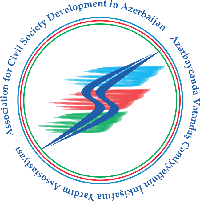
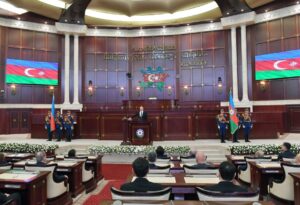 Inauguration ceremony of President of Azerbaijan Ilham Aliyev was held
Inauguration ceremony of President of Azerbaijan Ilham Aliyev was held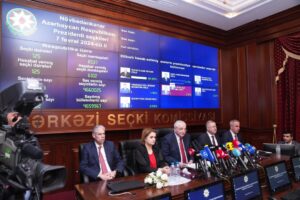 Ilham Aliyev wins presidential election with 92.05 percent of votes VIDEO
Ilham Aliyev wins presidential election with 92.05 percent of votes VIDEO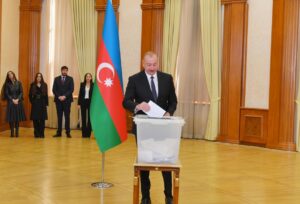 President Ilham Aliyev, First Lady Mehriban Aliyeva and family members voted in Khankendi VIDEO
President Ilham Aliyev, First Lady Mehriban Aliyeva and family members voted in Khankendi VIDEO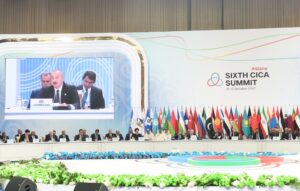 Plenary session of 6th Summit of Conference on Interaction and Confidence Building Measures in Asia gets underway in Astana. President Ilham Aliyev attends the plenary session VIDEO
Plenary session of 6th Summit of Conference on Interaction and Confidence Building Measures in Asia gets underway in Astana. President Ilham Aliyev attends the plenary session VIDEO President Ilham Aliyev was interviewed by Azerbaijani TV channels in Prague VIDEO
President Ilham Aliyev was interviewed by Azerbaijani TV channels in Prague VIDEO



